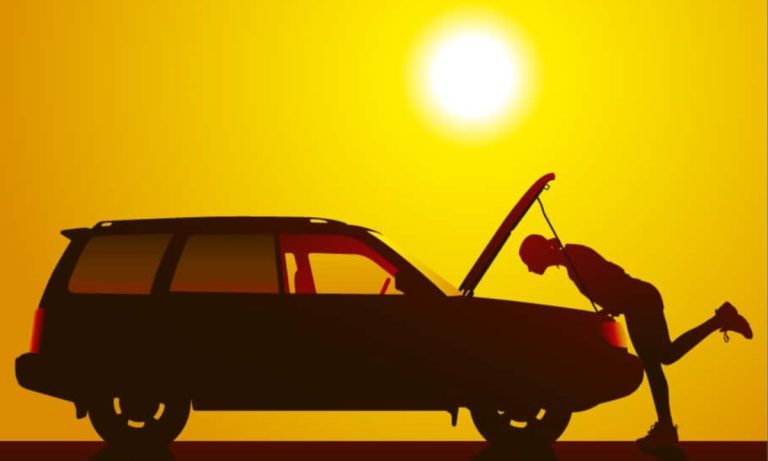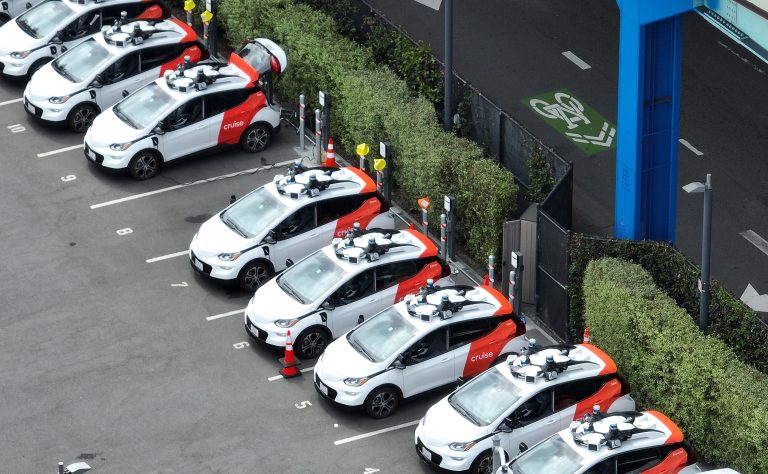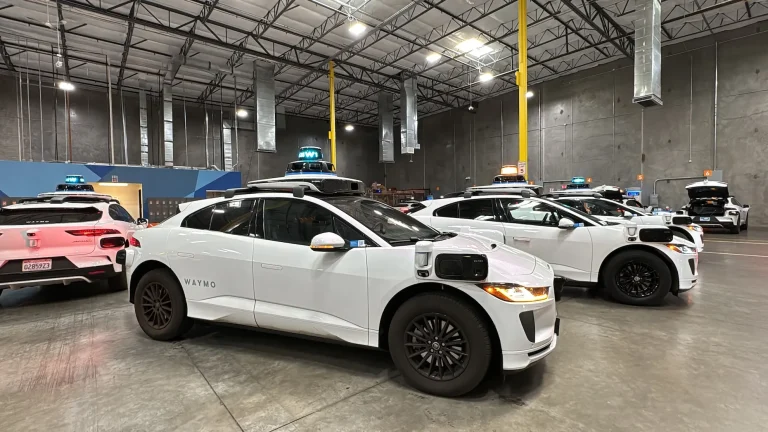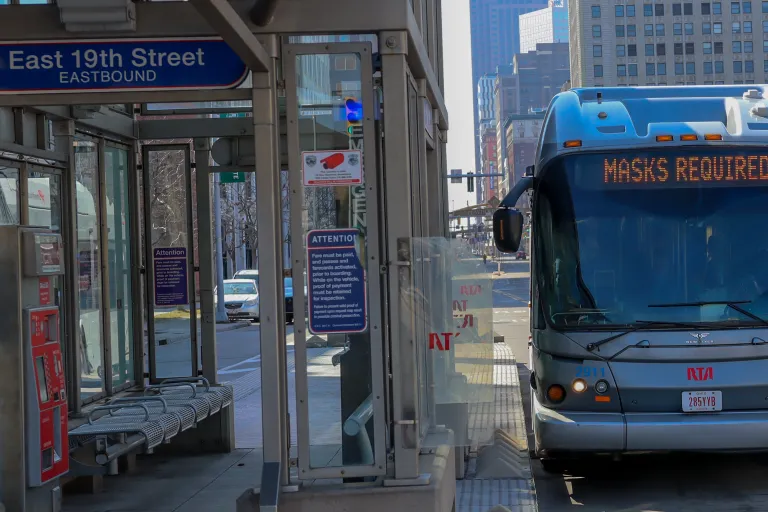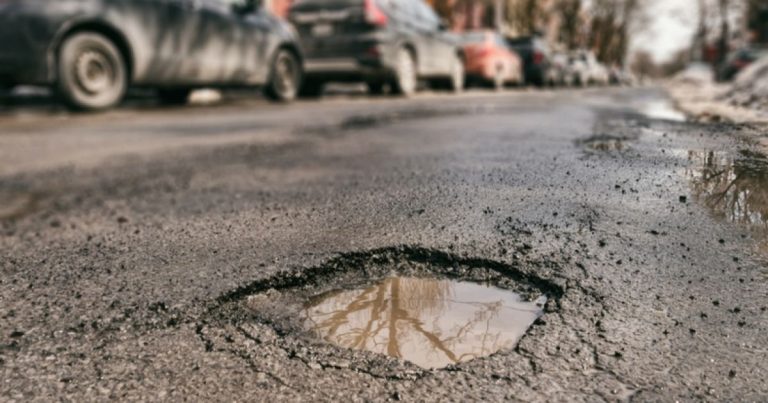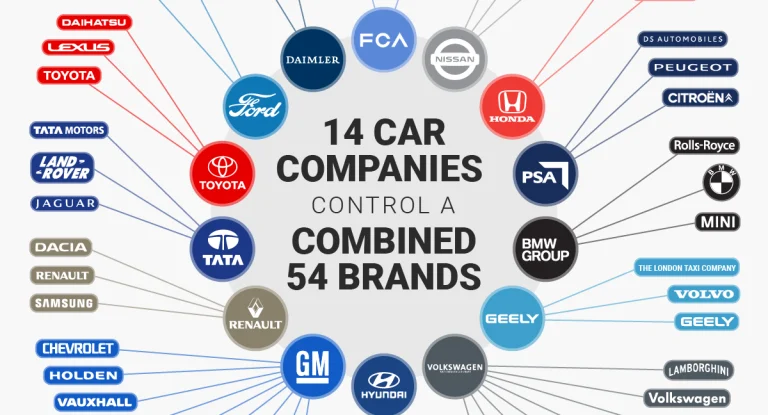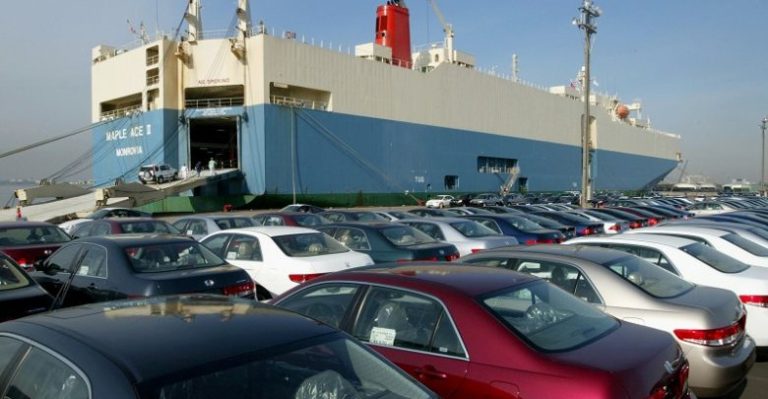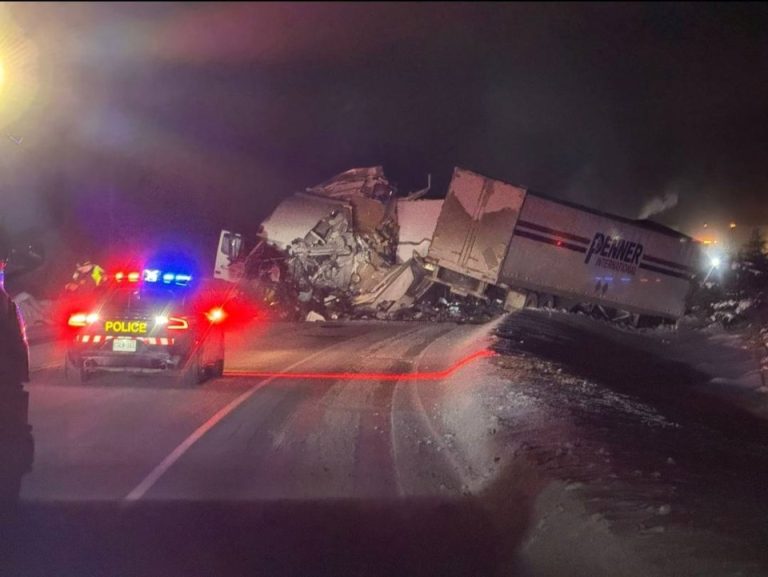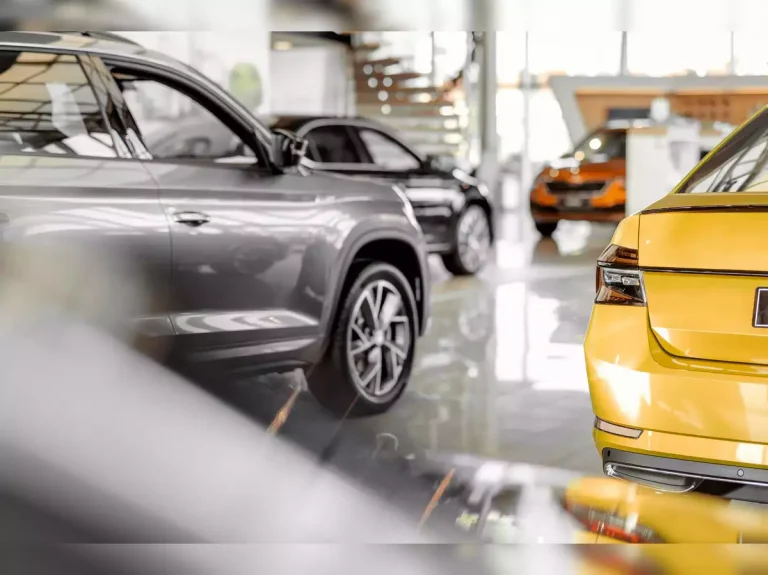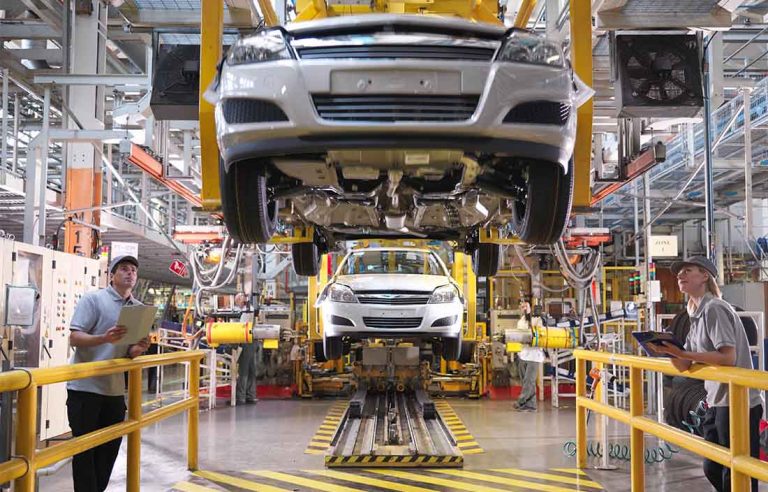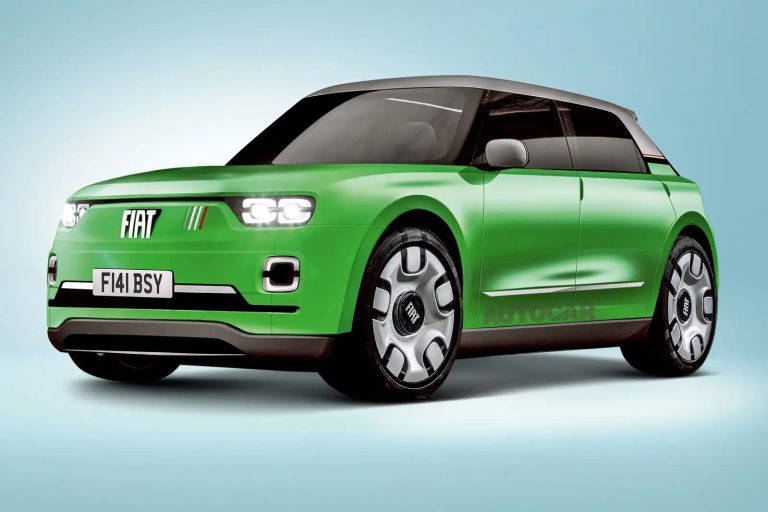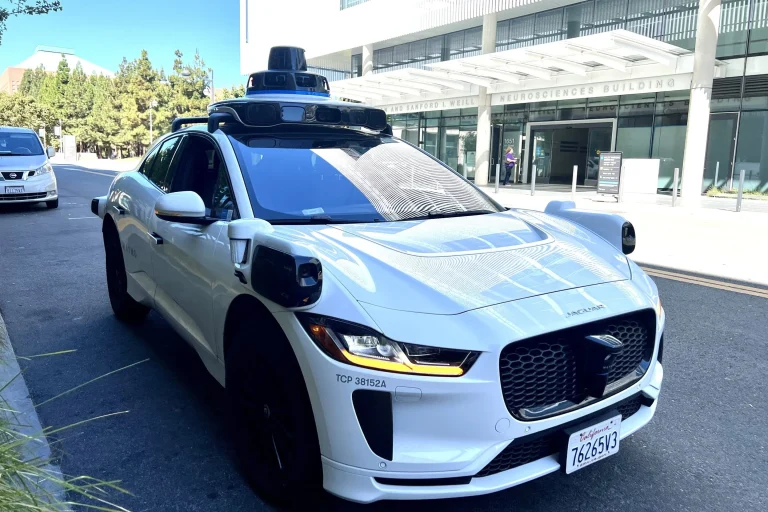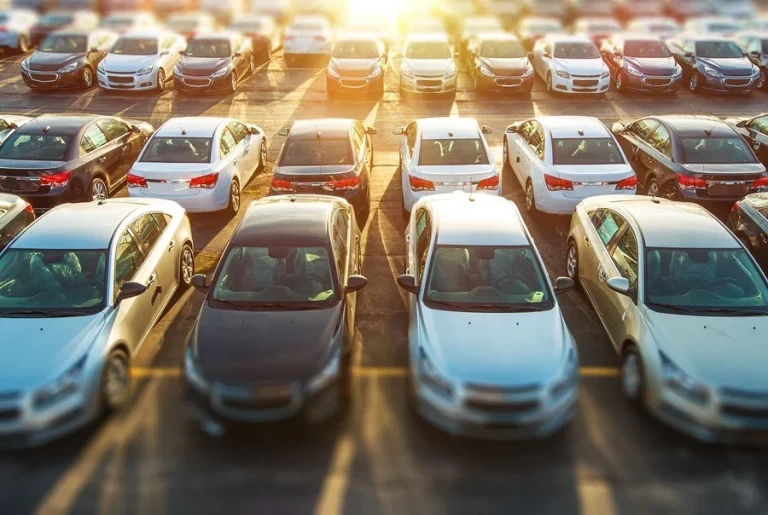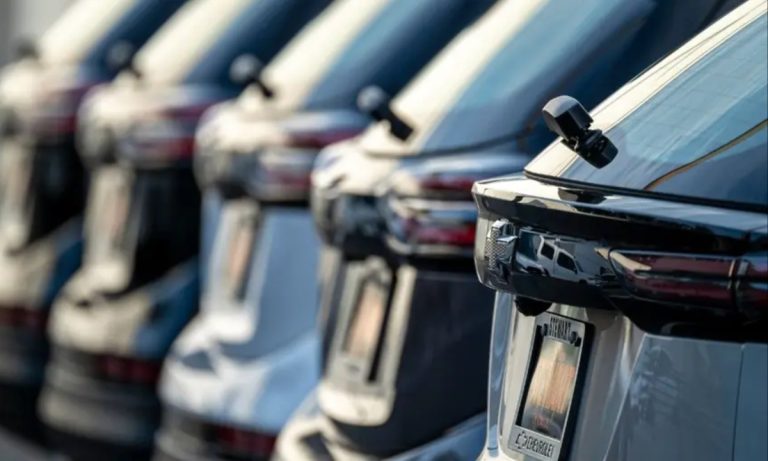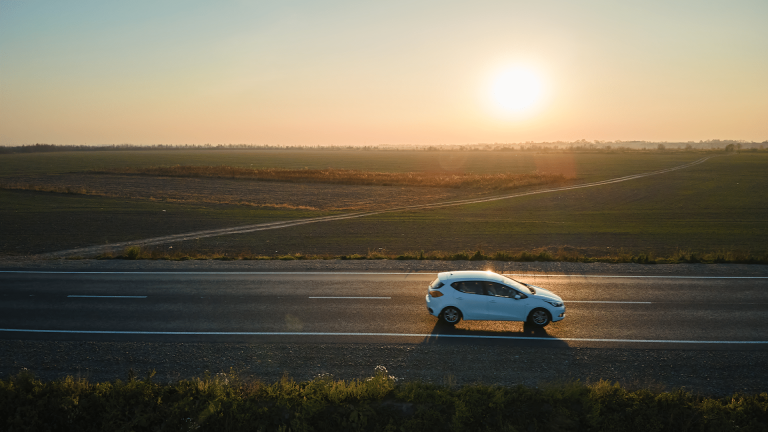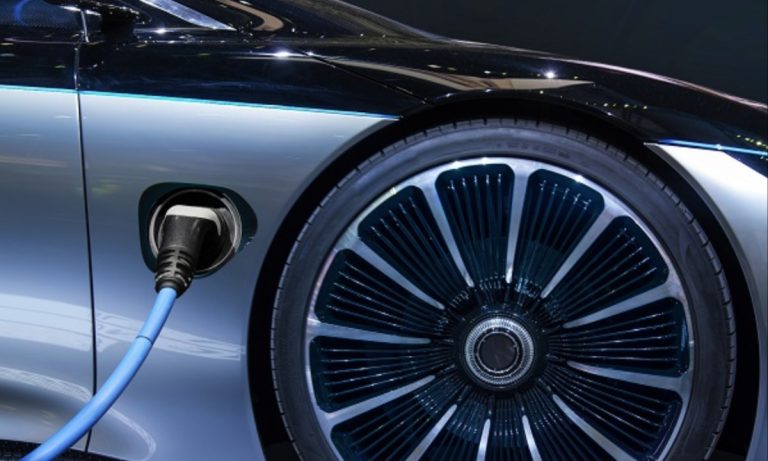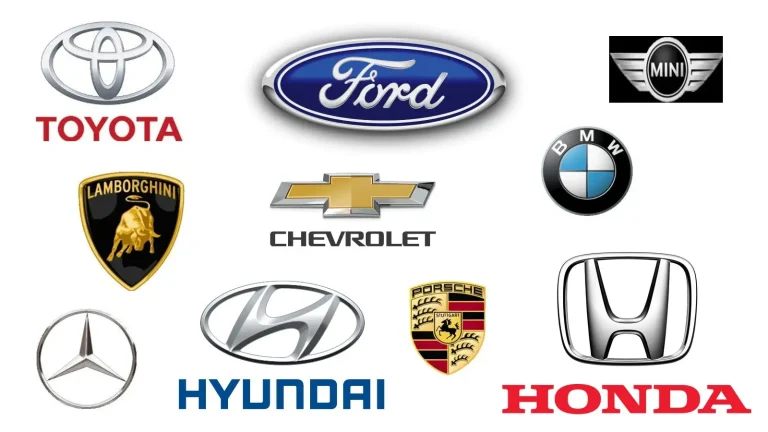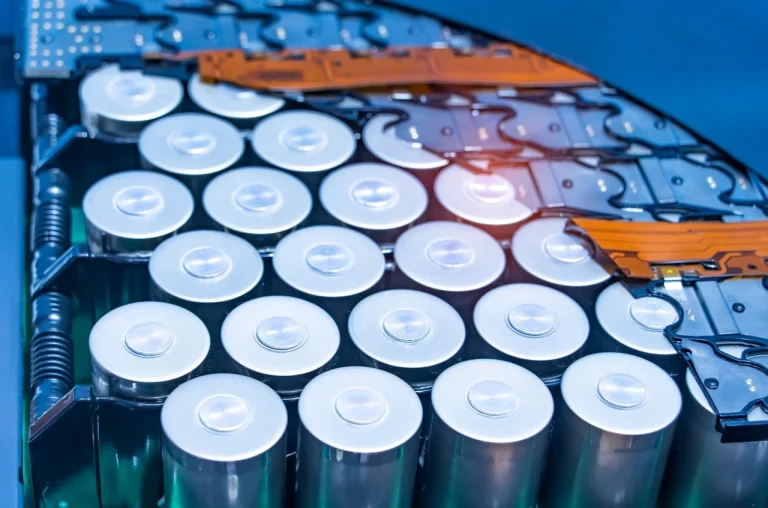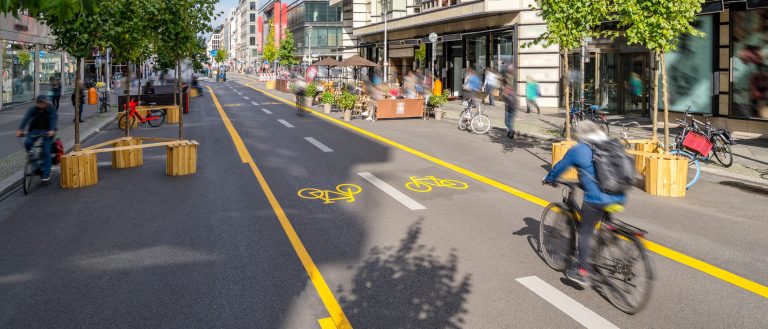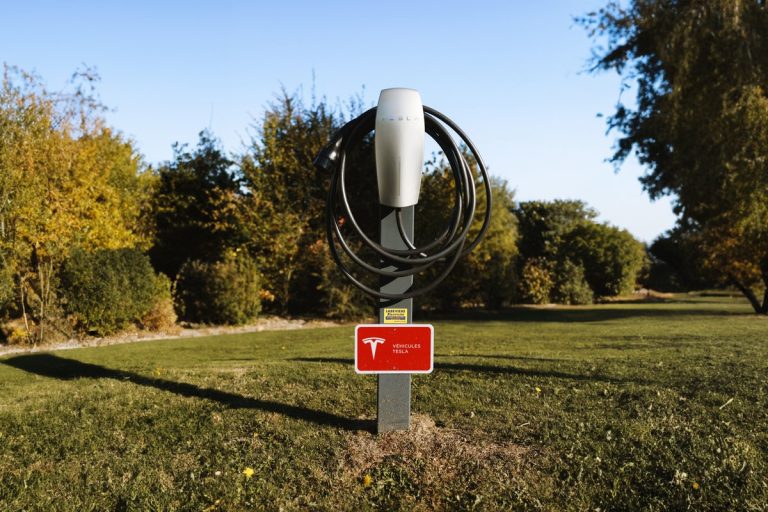Mike Yu has owned Midtown Auto Service on Almeda Road for 25 years, and every summer, he faces a common problem with cars that fail to start due to battery issues. While many believe that…
Category: News
First Fatal U.S. Crash Involving Fully Driverless Car Occurs in San Francisco, Waymo Vehicle Not at Fault
On Sunday evening, a deadly multi-car collision occurred in San Francisco, marking the first fatality in the U.S. involving a fully autonomous vehicle with no driver. The incident involved a self-driving Waymo car, which was…
Waymo Begins Testing Driverless Cars on Los Angeles Freeways for the First Time
Los Angeles, known for its congested freeways and intense traffic, will soon see an innovation in its streets: driverless cars. Waymo, a leading company in autonomous vehicle technology, has confirmed that it will begin testing…
The Role of Auto Companies in Underfunding Public Transit Systems
Public transit systems are vital for reducing traffic congestion, lowering carbon emissions, and providing affordable transportation options for urban populations. Despite these benefits, public transit in the United States often faces chronic underfunding and underdevelopment.…
How Poor Road Conditions Hurt Low-Income Americans the Most
Poor road conditions are a significant problem across many parts of the United States, affecting everyone who relies on transportation. However, the impact of deteriorating infrastructure is felt most acutely by low-income Americans, who often…
Why the U.S. Government Should Break Up Auto Industry Monopolies
The American auto industry is dominated by a few major companies, including Ford, General Motors, and Chrysler. This concentration of market power raises concerns about reduced competition, innovation stagnation, and negative impacts on consumers. Breaking…
The Impact of Cheap Car Imports on the American Auto Industry
The influx of cheap car imports has had a profound impact on the American auto industry, reshaping the landscape of vehicle manufacturing, consumer preferences, and economic dynamics. While these affordable imports offer consumers greater variety…
Fatal Pileup in Canada Involving Multiple Trucks Shuts Down Highway West of Ignace
The Ontario Provincial Police (OPP) has confirmed that three people lost their lives in a major early-morning crash near Ignace last week. OPP officers, along with fire and emergency medical services, responded to the collision,…
India’s Car Exports Reach Record High Amid Strong Demand for Compact SUVs
In 2024, India’s automobile industry achieved a notable 19 percent increase in exports compared to the previous year. This growth can largely be attributed to strong demand across various segments, including commercial vehicles, two-wheelers, and…
Tragic Collision in Australia: Motorbike Rider Killed by Stolen Vehicle Driven by Teenagers
Three teenage boys have appeared in court following a fatal crash that claimed the life of an innocent motorcyclist during a police pursuit in Gunnedah, located in north-western New South Wales. The victim, 52-year-old Daniel…
Why Small Automakers Struggle in the U.S. Auto Market and Face Challenges of Growth
The American auto market has long been dominated by major players such as Ford, General Motors, and Chrysler. While these large manufacturers have established a strong presence and significant influence, smaller automotive companies often struggle…
Fiat Revives Iconic Model with an Affordable Electric Upgrade
With its blend of vintage aesthetics and modern technology, the Grande Panda is set to succeed the current model of Fiat’s beloved city car, which has been on the market for 13 years. Fiat officially…
The Exploitation of Low-Income Americans in the Used Car Market
The used car market, a vital segment of the automotive industry, often serves as the primary source of transportation for low-income Americans. However, this market can also be a treacherous world, rife with exploitation and…
Expert Calls for National Test to Ensure Autonomous Vehicles Meet Safety Standards Before Public Roads
Amid growing concerns about the safety of self-driving vehicles, Henry Liu, a leading expert in autonomous vehicle testing, has called for the federal government to create a national driver’s test that self-driving vehicles would need…
FTC Finalizes CARS Rule to Combat Auto Retail Scams and Protect Consumers from Hidden Fees
The Federal Trade Commission (FTC) has finalized a new rule aimed at addressing two prevalent illegal tactics that consumers often face when buying a car: bait-and-switch tactics and hidden junk fees. These deceptive practices cost…
How Automakers’ Data Collection Practices Impact Car Insurance Rates and Consumer Privacy
Kenn Dahl, a 65-year-old software company owner from Seattle, was surprised when the cost of his car insurance spiked by 21% in 2022. As someone who considered himself a careful driver and had never caused…
EPA Report Reveals Automakers Fall Short on Carbon Emission Reductions and Fuel Efficiency Gains
According to the Environmental Protection Agency’s (EPA) Automotive Trends Report released on December 20, 2023, automakers are making minimal strides in reducing carbon emissions and improving fuel efficiency. The 2022 new vehicle fleet showed only…
How Lobbying and Investments Are Shaping the Future of Electric Vehicles and Emissions Policies
In 2023, as electric vehicle (EV) sales surged, the automotive industry ramped up its federal lobbying efforts, spending a record $85.8 million. This marked a continuous increase in lobbying expenditures since 2020. By the first…
Are Hybrid Cars the True Compromise for the U.S.? Benefits Of A Hybrid Powertrain
The ongoing debate about the best path to a sustainable automotive future has led to a critical question: are hybrid cars the true compromise for the U.S.? With a blend of traditional internal combustion engines…
Why the U.S. Auto Market Favors Big Brands Over Innovation
The U.S. auto market has long been dominated by established brands, with companies like General Motors, Ford, and Chrysler holding significant market share. While these big brands have a strong presence and loyal customer base,…
Should Speed Limits Be Abolished to Improve Road Safety in the U.S. and Reduce Fatalities?
The United States is often viewed as a country highly reliant on automobiles, driven by the prevalence of suburban living, lower population density, and a culture valuing individual independence. Unlike densely populated areas in Europe…
The Issue of Unethical Labor in EV Battery Supply Chains
The growing demand for electric vehicles (EVs) has highlighted significant ethical concerns within the supply chains of the batteries that power them. These batteries, primarily lithium-ion, rely on minerals such as cobalt, lithium, and nickel,…
The Auto Industry’s Role in Blocking Cycling Infrastructure in the USA
The growth of cycling as a mode of transportation offers numerous benefits, including reduced traffic congestion, lower carbon emissions, and improved public health. However, the development of cycling infrastructure in the USA has faced significant…
Reducing Car Dependence and Addressing Inequity Through Walkable Urban Design
There has been a growing movement advocating for less car dependence and more walkable urban areas. Many people, particularly those with health or mobility challenges, may initially resist the idea of giving up their cars,…
The Impact of EV Charging Stations on Rural Communities
The introduction of electric vehicle (EV) charging stations in rural communities marks a significant step towards promoting sustainable transportation and reducing carbon emissions. While urban areas have seen rapid growth in EV infrastructure, rural regions…

